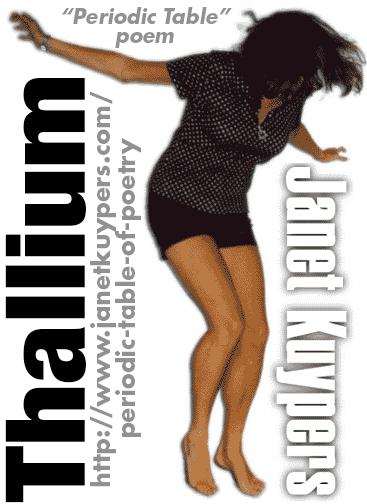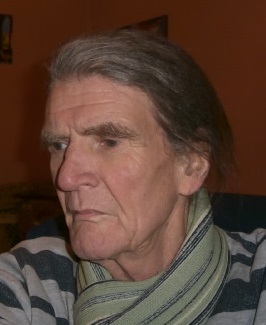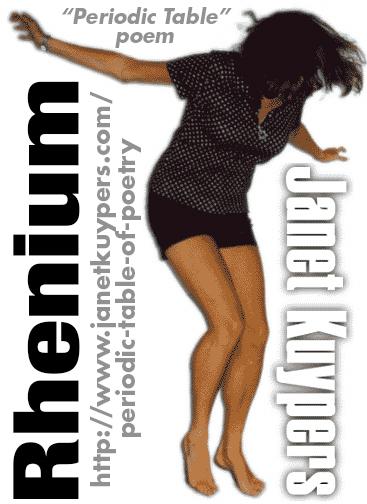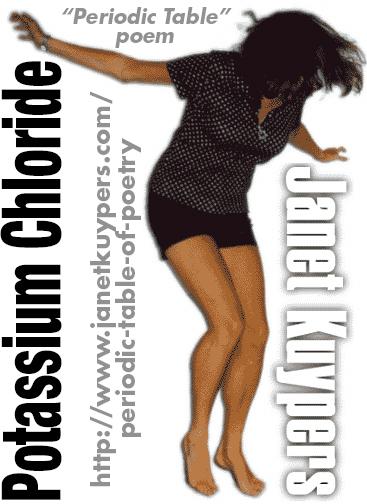Thallium
Janet Kuypers

from the “Periodic Table of Poetry” series (#81, Tl)
started 2/7/14, finished 2/8/14
I swirled the wine glass in my hand.
I watched the red wine swirl,
creeping it’s way to the lip
as I hypnotically observe the vortex.
I like drinking my red wine from those
low, wide-mouthed glasses
so you could smell the sweet aroma
without even drinking. But now,
now I check my fingernails,
looking for dark ridges. I wonder if I
should pull out a few hairs
and check the roots for telltale stripes.
I scan my brain to check if I have enemies,
the coast seems clear, but still I fear
that this precious liquid I hold in my hand
could be the vehicle for my demise.
And no, my liver’s fine, it was just tested,
and I’m not talking about alcohol poisoning
unless it’s because someone put something
in my drink I wouldn’t taste, or smell, or see.
But my brain now flashes to Thallium,
this superconductor, once used to treat
syphilis, gonorrhea, or even tuberculosis
is such a highly toxic heavy metal
that it was used for rat poisoning,
and sometimes even for hair removal
(yeah, trace amounts of Thallium can even
make you lose your hair). But the thing is,
I’ve heard that if you drop it into somethnig like,
say, red wine, no one would be the wiser
and you could kill someone without your victim
even knowing they were ever in danger.
If I keep this up, I’ll really start to worry
whenever my stomach hurts, whenever I feel
nauseous, or even have diarrhea.
If I feel numbness, or tingling and pain,
I’ll second-guess myself. I’ll have to check
the shower drain for excessive hair loss,
and I’ll check my fingernails and follicles again
to make sure I’m in the clear.





